Hoi An Communal House, also known as Ong Voi Communal House, located on Le Loi Street, Hoi An Ward, Da Nang City, is one of the ancient architectural works, imbued with the cultural values of Hoi An.
Built in the 18th century, the communal house is not only a place for community activities but also an important worship space for local residents.
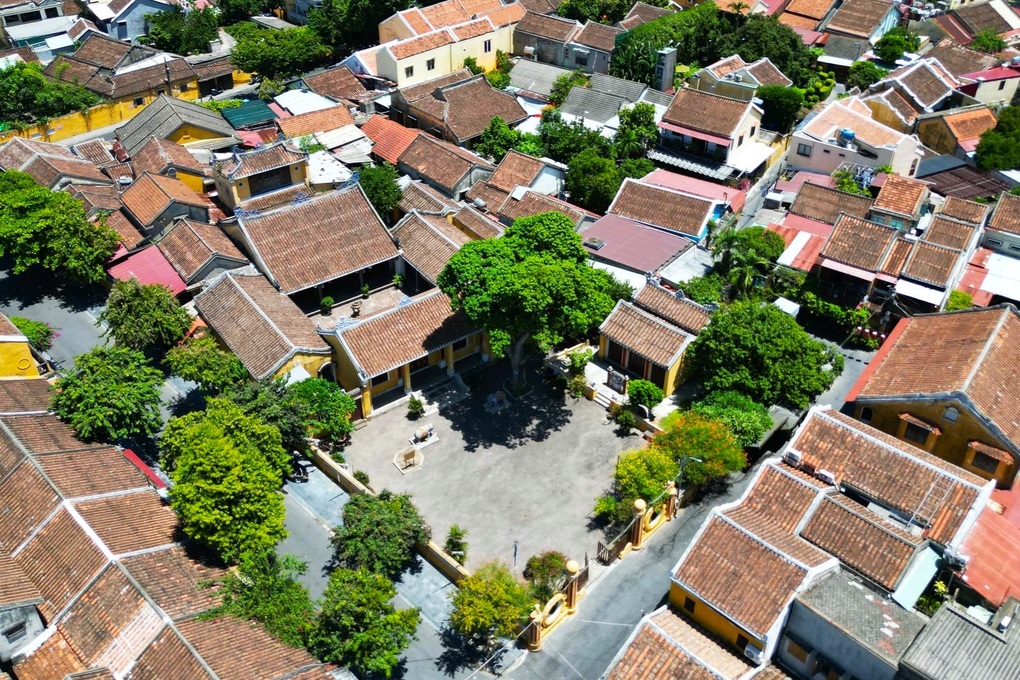
Ong Voi Temple is located on Le Loi Street in the middle of Hoi An ancient town (Photo: Nam Ha).
According to Mr. Pham Cong Toan, the relic management officer, the name Ong Voi communal house originates from the pair of majestic kneeling elephant statues placed in the front yard. These two statues are 1.5m long, 0.65m wide and 1.03m high.
The statue is dressed in ceremonial attire, with decorative straps on the head and front of the body, a flower on the top of the head and a small bell around the neck, creating a solemn and sacred look.
The image of the elephant not only creates a visual impression but also has a profound meaning in culture and folk beliefs, symbolizing strength and intelligence. In Buddhism, the elephant is also a symbol of mental strength, associated with many important stories.
Having undergone many restorations in 1818, 1907, 1942, 1953, 1996 and 2007, Ong Voi communal house still retains its unique artistic and architectural values.
The communal house has a "mouth" shaped ground plan, symmetrical layout, gradually rising from the front hall to the back hall, showing a harmonious combination between traditional Vietnamese communal house architecture and urban architectural nuances associated with commercial activities.
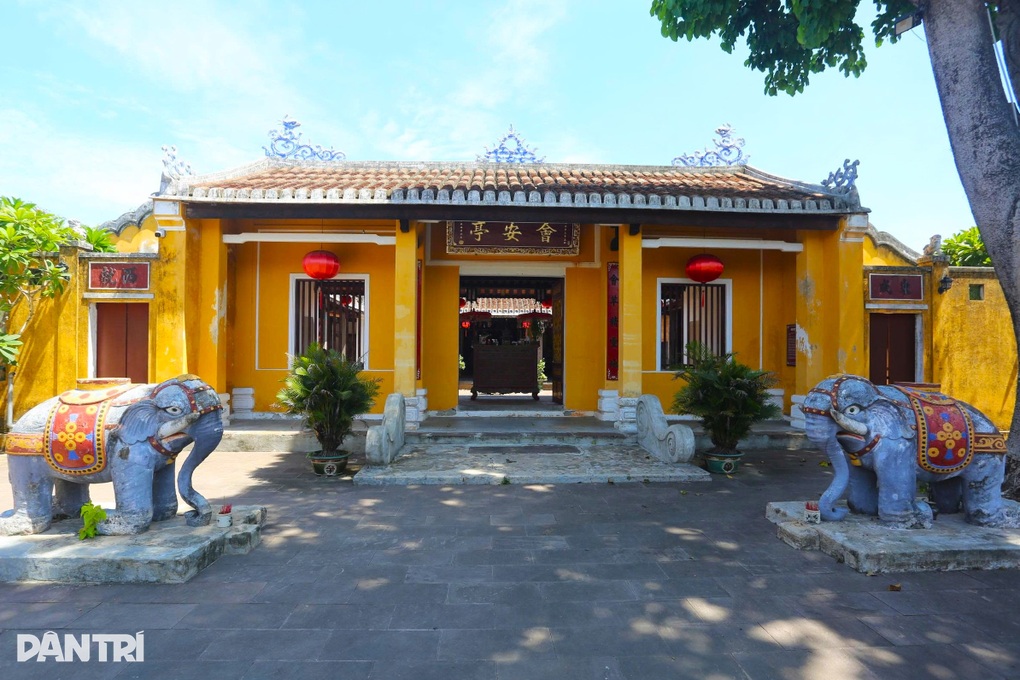
The communal house is named after the pair of elephants in front of the yard (Photo: Ngo Linh).
The overall architecture of Ong Voi communal house includes a gate, pillars, fence, large front yard with a pair of elephant statues, front hall, stone-paved middle yard, east and west houses, main hall and back shrine.
The column system in the front of the main hall, the east house and the west house are made of monolithic stone, with elaborate carvings of Han Nom parallel sentences. In particular, the two-storey rear chamber is a unique architectural feature, rarely seen in other communal houses in Hoi An.
The worship system at Ong Voi communal house is also very unique. The communal house worships the main god Dai Can and the gods who protect rivers and waters, praying for peace for residents working in fishing and commerce, demonstrating the cultural connection between regions and professions.
In the courtyard of the communal house, there is also a three-room temple worshiping the Thanh Hoang, Ba Ba and the Five Elements. The presence of two religious institutions, the communal house and the temple, in the same courtyard is a rare feature compared to other places.
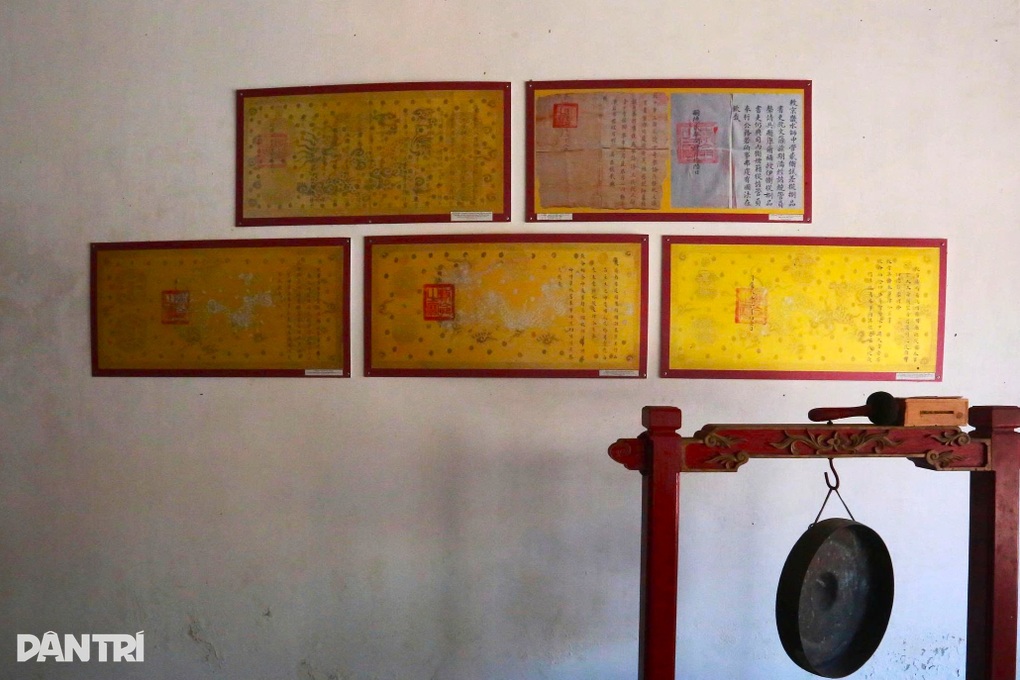
The communal house still preserves royal decrees of Nguyen Dynasty kings (Photo: Ngo Linh).
Presently, Ong Voi communal house still preserves 10 royal decrees issued by Nguyen Dynasty kings, spanning from the 7th year of Minh Mang (1826) to the 9th year of Khai Dinh (1926), demonstrating the historical and cultural value of the communal house.
According to the Hoi An World Cultural Heritage Conservation Center, Ong Voi Temple is a place that preserves many customs and traditional cultural activities, contributing to enriching the types of religious relics in the locality.
With outstanding historical, cultural and architectural values, Ong Voi communal house was recognized as a provincial relic in December 2021.
Source: https://dantri.com.vn/du-lich/dinh-co-300-nam-tuoi-dat-ten-theo-cap-voi-chau-luu-giu-10-dao-sac-phong-20251024093923794.htm



![[Photo] Prime Minister Pham Minh Chinh attends the opening of the 47th ASEAN Summit](https://vphoto.vietnam.vn/thumb/1200x675/vietnam/resource/IMAGE/2025/10/26/1761452925332_c2a-jpg.webp)
![[Photo] Enjoy the Liuyang Fireworks Festival in Hunan, China](https://vphoto.vietnam.vn/thumb/1200x675/vietnam/resource/IMAGE/2025/10/26/1761463428882_ndo_br_02-1-my-1-jpg.webp)

![[Photo] General Secretary To Lam received the delegation attending the international conference on Vietnam studies](https://vphoto.vietnam.vn/thumb/1200x675/vietnam/resource/IMAGE/2025/10/26/1761456527874_a1-bnd-5260-7947-jpg.webp)

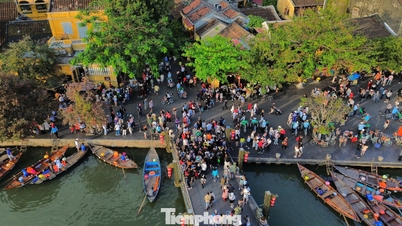

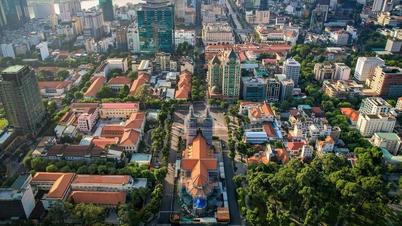

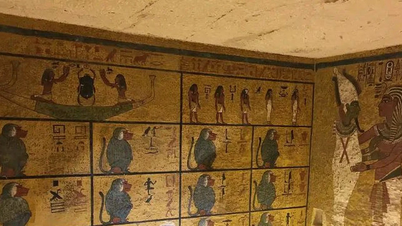

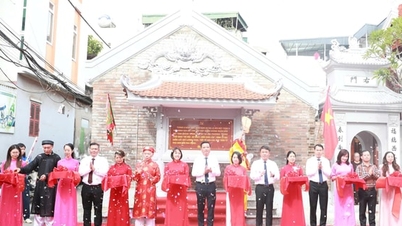



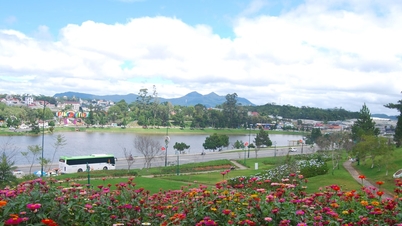


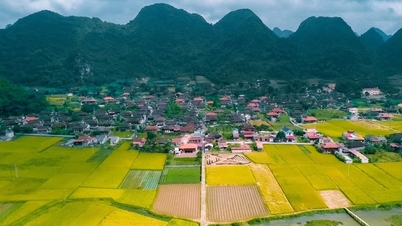




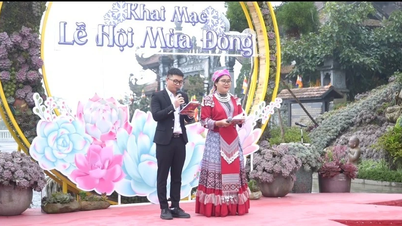




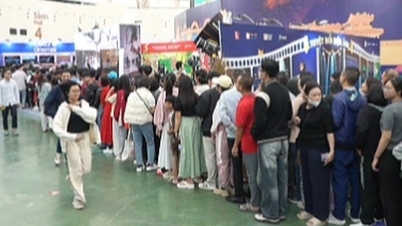





![[Photo] Prime Minister Pham Minh Chinh and United Nations Secretary-General Antonio Guterres attend the Press Conference of the Hanoi Convention Signing Ceremony](https://vphoto.vietnam.vn/thumb/1200x675/vietnam/resource/IMAGE/2025/10/25/1761391413866_conguoctt-jpg.webp)

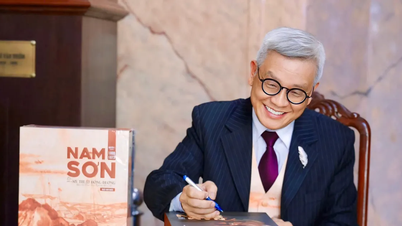















































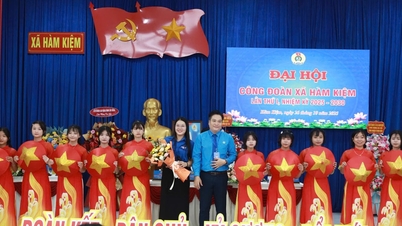
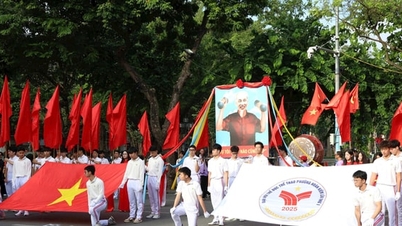
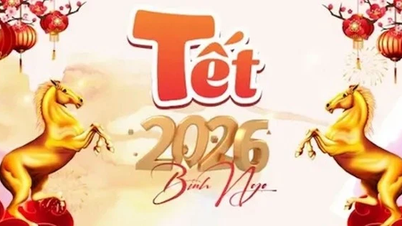



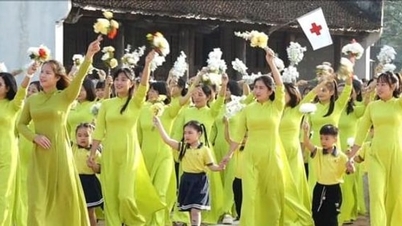













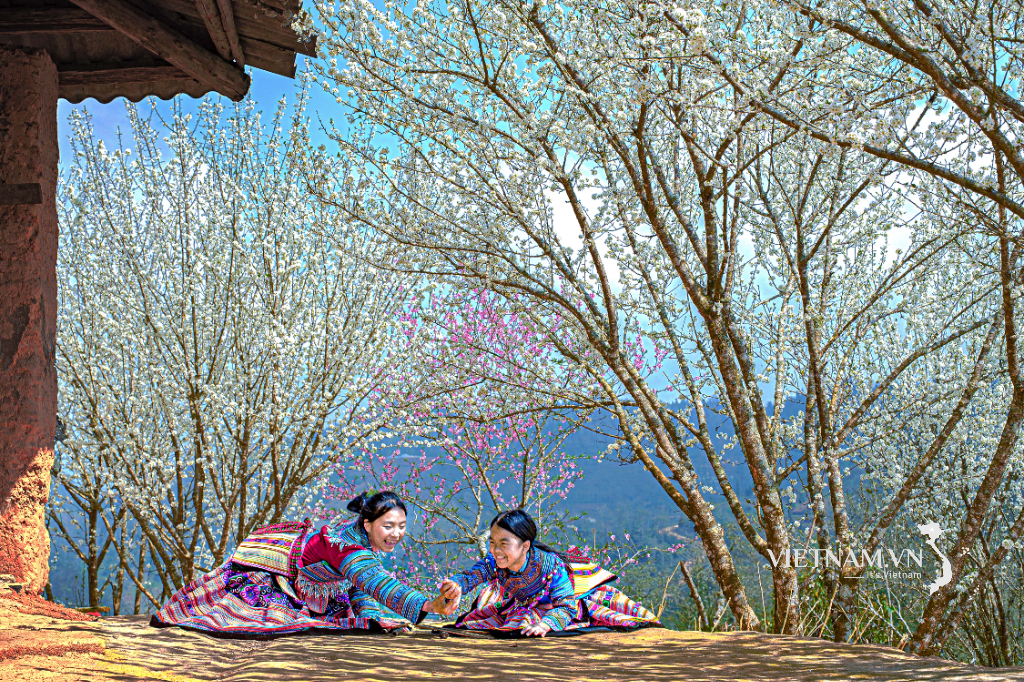


Comment (0)